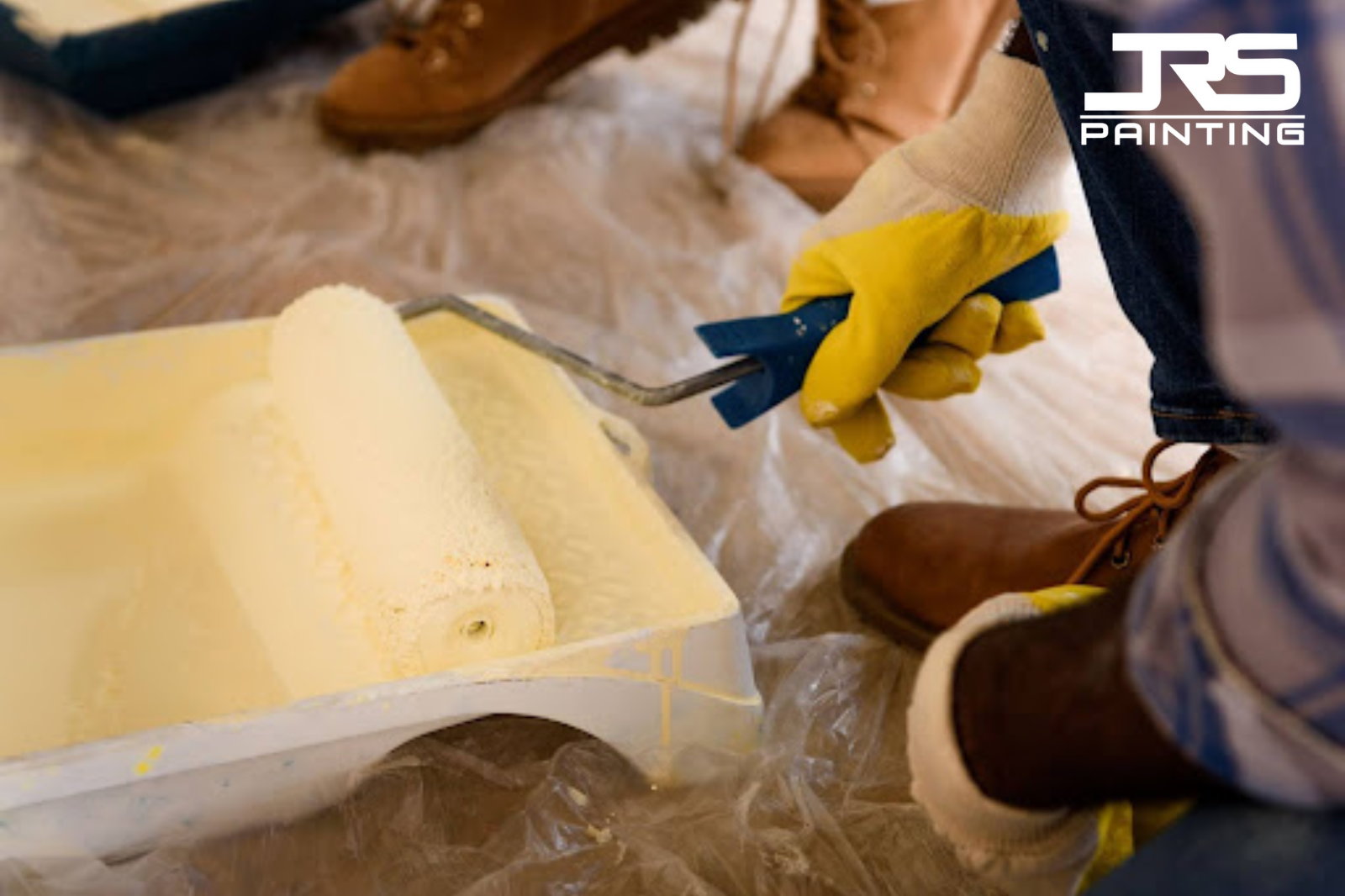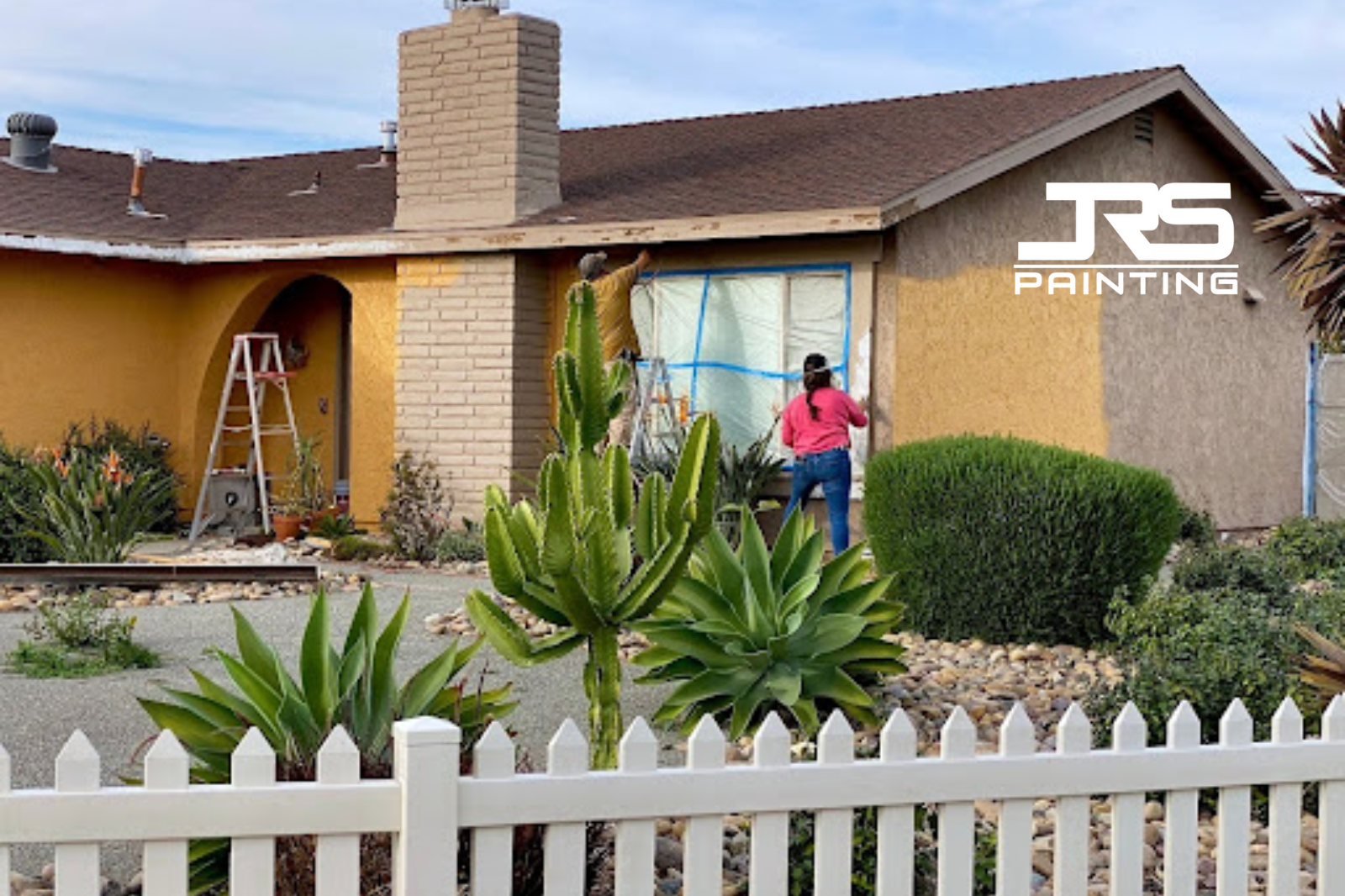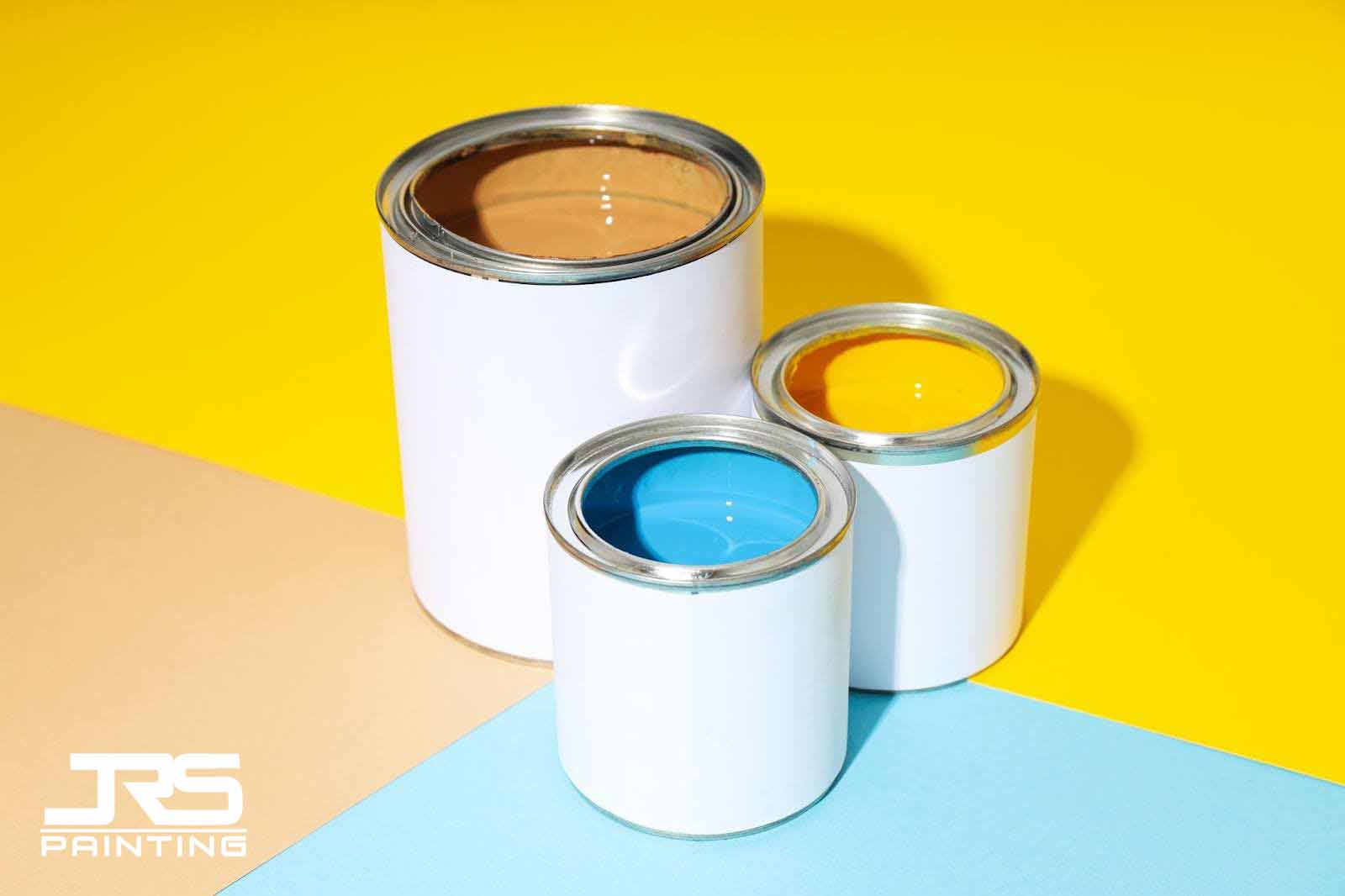
More families are now asking tough questions about what goes into their homes, especially when it comes to the air their kids breathe every day. Choosing the right paint keeps your family healthy. Regular house paint has chemicals that stick around for months, making your indoor air worse and possibly making people sick.
These chemicals, called VOCs, are something most homeowners don't think about when buying paint. They don't just go away after the paint dries. They keep releasing gases into your home's air long after you're done painting.
But here's the good news: Low-VOC and eco-friendly paints work just as well while keeping your family safe. These newer paints give you great colors and long-lasting results without putting bad stuff in your air.
Understanding VOCs and Their Impact
VOCs are chemicals that turn into gas at room temperature. In regular paint, these chemicals help the paint spread smoothly, dry right, and stay mixed up. Common VOCs in paint include things like toluene, xylene, and formaldehyde.
When you open a can of regular paint, that strong smell hits you right away. That smell is VOCs going into the air. Many people think this smell means "fresh paint," but it's actually harmful chemicals getting into your home.
Breathing these fumes can cause headaches, make you dizzy, hurt your eyes, and make it hard to breathe. People with asthma, allergies, or who are sensitive to chemicals usually feel worse. Kids and older family members are at higher risk because their bodies can't handle these chemicals as well.
Long-term problems are even scarier. Being around certain VOCs for a long time has been linked to liver damage, kidney problems, and issues with your nervous system. Some studies show connections between breathing VOCs and more serious health problems.
VOCs also affect the environment. When they escape from your house, they mix with other pollutants in sunlight to make smog, which makes the air quality bad for everyone.
Health and Environmental Benefits of Low-VOC Paint
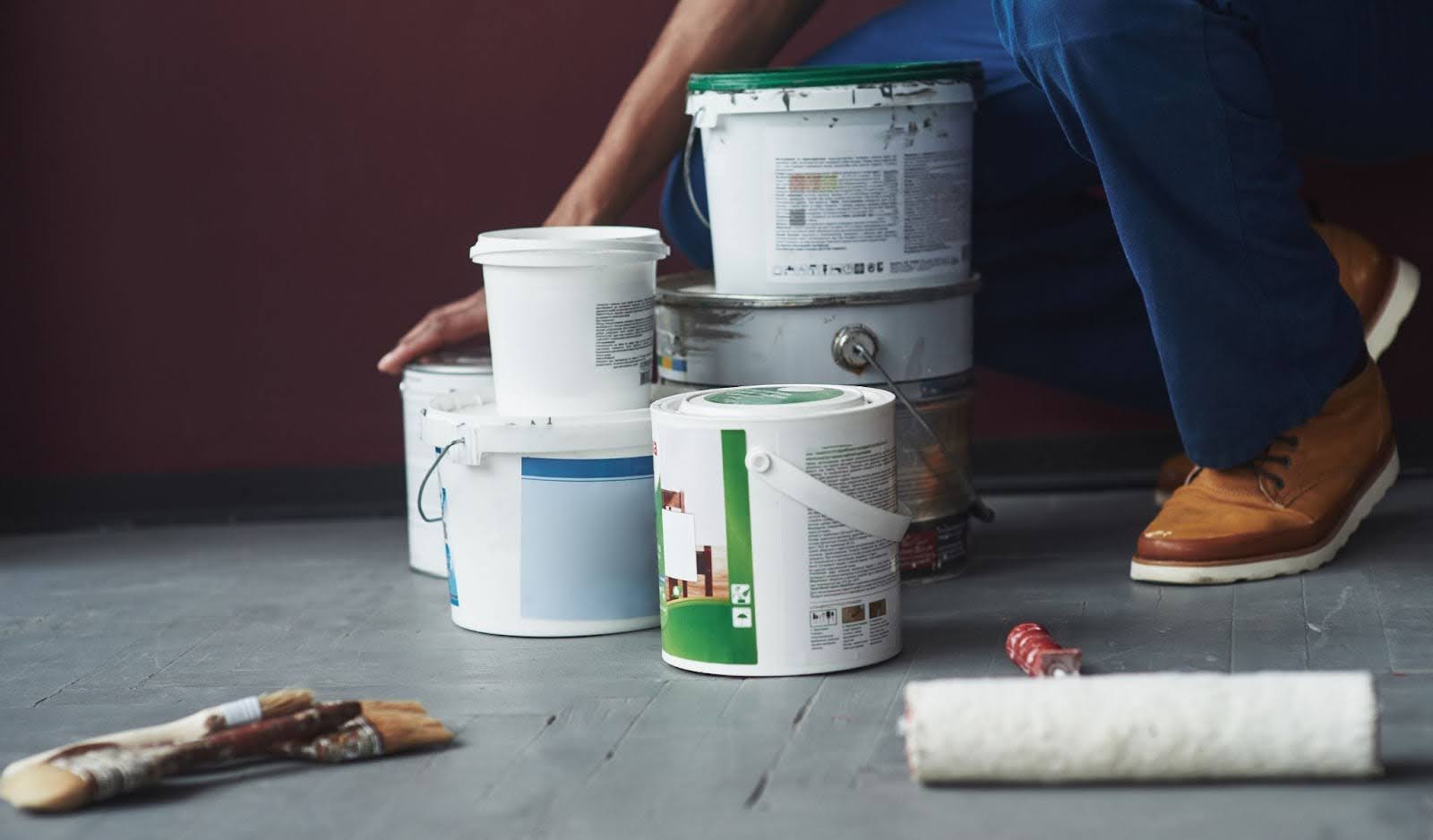
Switching to low-VOC paint makes your home's air cleaner right away. These paints have 50 grams per liter or less of harmful chemicals, compared to regular paints that can have over 200 grams per liter.
Families with young kids get huge benefits from cleaner air. Children spend lots of time inside, and their lungs are still growing, making them more likely to get sick from chemical fumes. Low-VOC paints make safer spaces where kids can play, sleep, and grow up without breathing bad chemicals all the time.
People with allergies or asthma feel much better when using eco-friendly paints. Regular paint fumes can cause asthma attacks or make breathing problems worse. Low-VOC paints let sensitive people enjoy freshly painted rooms without hurting their health.
The smell difference is huge. Regular paint jobs often mean families have to stay out of rooms for days or weeks until the smell goes away. Low-VOC paints let you use rooms again within hours, so your daily life doesn't get messed up.
These paints are also better for the planet. Less harmful chemicals in the air means less pollution and smog. Many eco-friendly paints also use recycled materials, which helps the environment even more.
Exploring Eco-Friendly Paint Categories
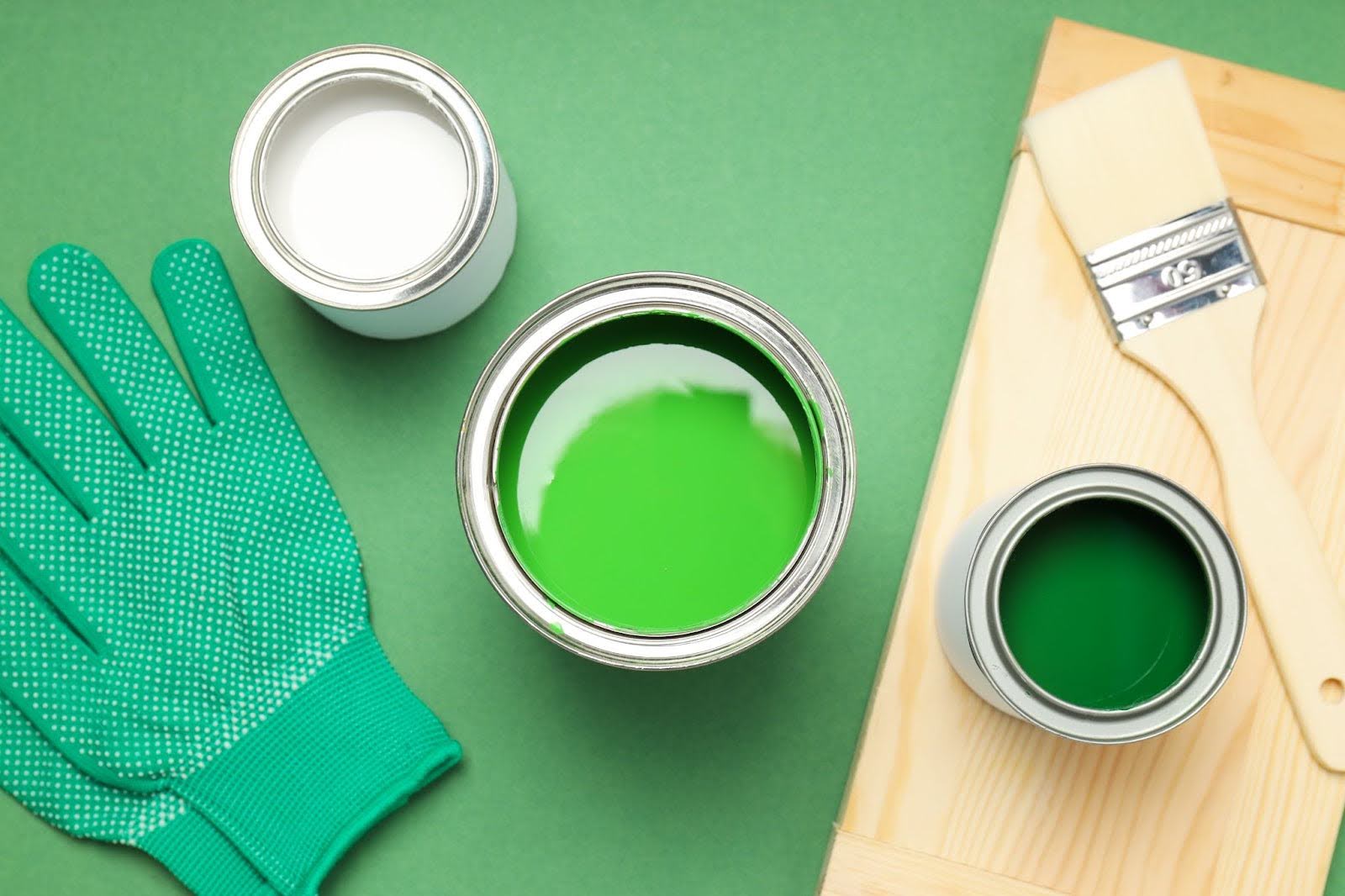
Low-VOCpaints are the most common healthier paint option. These paints have way fewer harmful chemicals than regular paint but still cover well and last a long time. Look for labels like Green Seal or GREENGUARD Gold to make sure you're getting real low-VOC paint.
Zero-VOCpaints are even better. These have almost no harmful chemicals in the paint itself. But adding color might bring in small amounts of VOCs, so ask about the coloring system when you buy zero-VOC paint.
Natural paintsare the most earth-friendly choice. Clay-based paints use dirt colors and natural ingredients, making beautiful finishes with no fake chemicals. Milk paint comes from milk protein and gives old-style looks that are perfect for historic homes or country designs.
Plant-based paintsuse things like soy, corn, or citrus oils instead of oil-based ingredients. These new paints prove you can get great results without using petroleum products.
Reading labels gets easier once you know what to look for. GREENGUARD Gold means the paint meets strict indoor air quality rules. Green Seal indicates that the company prioritizes environmental sustainability. LEED credits help builders and homeowners get points for green building.
Application Best Practices for Healthier Painting
Good prep work makes low-VOC paint work even better. Even with eco-friendly paint, you still need fresh air while painting to remove any fumes and help the paint dry faster. Open windows, use fans, and keep air moving during your project.
Getting walls ready is just as important with low-VOC paint as regular paint. Clean walls well, fix any holes or cracks, and use the right primer when needed. Some eco-friendly primers might take longer to dry, so plan extra time for your project.
Picking the right primer matters when you want healthier air. Some low-VOC paints need regular primers that add VOCs back into your project. Look for water-based, low-VOC primers that work with your paint choice and keep the health benefits.
Professional painterswho know eco-friendly products can really help. Jr's Painting has lots of experience with low-VOC paints and knows how to apply them, how long they take to dry, and what to expect from these products.
Weather affects eco-friendly paints differently than regular paint. Most work best when it's not too hot or cold and there's good air flow. Really hot or humid weather might make paint take longer to dry or not look as good when finished.
Evaluating Low-VOC Paint Performance
Modern low-VOC paints work just as well as regular paint for covering walls, color choices, and lasting a long time. New formulas cover really well, meaning you need fewer coats to make walls look even. This often makes up for paying a little more for eco-friendly paint.
Colors look great and stay bright over time. Paint companies have invested lots of money in cleaner coloring systems. Low-VOC paints come in bright colors that don't fade. Some eco-friendly paint lines have colors made specifically to look good with natural light and green design.
Tests show many low-VOC paints last as long or longer than regular paint. These paints don't fade, chalk, or wear out like old-style paints do. Spending money on healthier paint often saves you money because you don't have to repaint as often.
Different sheen levelswork great in low-VOC paints. Flat paint works best in bedrooms and living rooms where you want surfaces that don't reflect light. Eggshell and satin finishes are perfect for busy areas because they're easy to clean without releasing bad chemicals.
Semi-gloss and gloss low-VOC paints work really well in kitchens and bathrooms. These finishes resist water and can be cleaned thoroughly while keeping your indoor air healthier in rooms where families spend lots of time.
Making Smart Purchase Decisions
Price often affects which paint people choose, but thinking about real value means looking at the bigger picture. Low-VOC paints might cost 10-20% more at first, but you save money through fewer health problems, using rooms faster, and often paint that lasts longer.
How much area paint covers helps figure out real project costs. Many eco-friendly paints cover really well, so you need fewer gallons to finish jobs. Some expensive low-VOC paints cover better than cheap regular paint, making price comparison harder than just looking at per-gallon costs.
Brand reputation matters when picking healthier paint. Big companies spend lots of money on research to make paints that are both good for the environment and work well. Smaller brands might cost less but might not have proven records for lasting long and working consistently.
Checking certifications protects your investment in healthier air. Outside testing confirms VOC levels and environmental claims, giving families confidence in their paint choice. Watch out for vague marketing words like "natural" or "eco-friendly" without real certifications to back them up.
Where you can buy paint affects planning and costs. Many home improvement stores now sell several low-VOC options, but specialty eco-friendly products might need to be ordered. Think about delivery times and possible shipping costs when budgeting for your painting project.
Frequently Asked Questions
Ready to Transform Your Home with Healthier Paint?
Don't compromise your family's health for the sake of convenience. Choose low-VOC interior paint for your next project and experience the difference clean air makes in your daily life. Whether you're refreshing a single room or repainting your entire home, eco-friendly options deliver beautiful, lasting results without the chemical concerns.
Contact Jrs Painting today! to discuss low-VOC options for your specific needs. Get expert guidance on product selection, proper application techniques, and color choices that will keep your family breathing easier for years to come. Your home deserves paint that protects both its beauty and your health.
Related Articles
Exterior Painting, Residential Painting


